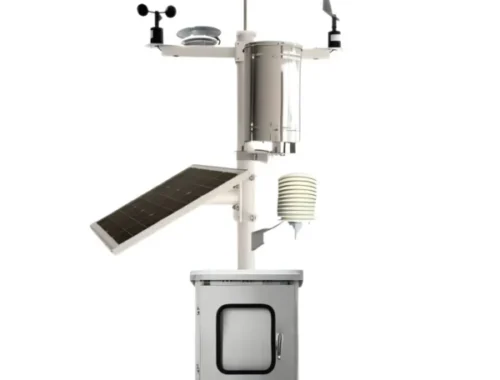Irradiation vs Radiation: Key Differences and Applications Explained
Irradiation vs Radiation: Key Differences and Applications Explained
Understanding the distinction between irradiation vs radiation is essential for professionals in science, engineering, and healthcare. While often used interchangeably, these terms refer to different concepts with unique applications.
Radiation Fundamentals
Radiation describes the emission of energy as particles or electromagnetic waves. It occurs naturally from sources like the sun or radioactive materials, and artificially from devices like X-ray machines.
Types and Measurement
Radiation includes ionizing (e.g., gamma rays) and non-ionizing forms (e.g., radio waves). It is measured in units like grays or sieverts, quantifying energy transfer or biological impact.
Irradiation Explained
Irradiation refers to the process where an object is exposed to radiation. This exposure is utilized across industries for sterilization, food preservation, and medical treatments.
Practical Applications
Common uses include disinfecting medical equipment, extending food shelf life, and cancer radiotherapy—each leveraging controlled radiation doses for specific outcomes.
Key Differences Summarized
Radiation is the emitted energy itself, while irradiation is the process of applying that energy to a target. Think of radiation as the “what” and irradiation as the “how.”
FAQ Section
Is irradiation safe?
Yes, when regulated. Applications like food irradiation undergo strict safety protocols to ensure no harmful residues remain.
Can radiation be beneficial?
Absolutely. Beyond medical uses, radiation enables energy production and scientific research, driving innovation.
Explore Further
Ready to deepen your knowledge? Discover advanced sensors and solutions for measuring radiation and irradiation processes here.
You May Also Like

Essential Pool Supplies for a Perfect Swimming Experience
March 18, 2025
Generated Blog Post Title
February 28, 2025